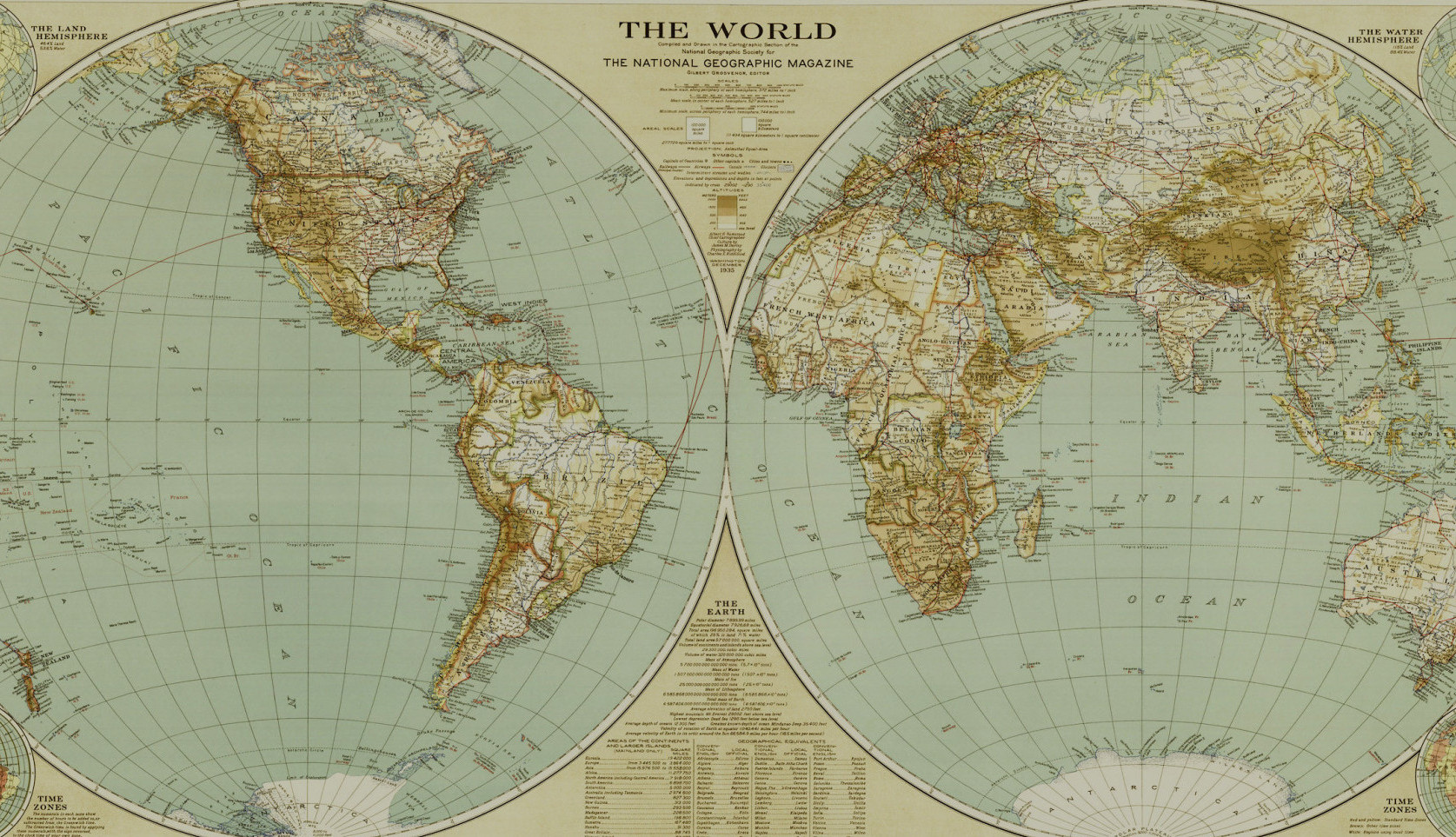
For month eight of Global Archaeology I am thrilled to be helping excavate the Late Bronze Age (1250-850 BC) fortified hilltop settlement of Outeiro do Circo in the Alentejo plain of southern Portugal (find their blog here). The site is one of the largest settlement of this time period in the Iberian Peninsula, covering about 17 hectares (12 soccer pitches!). This huge area was enclosed by a complex defensive system: a double wall of stone, fire hardened clay and wood was augmented with bastions, ramps, platforms and an exterior retaining wall built on a disused ditch. Outeiro do Circo was clearly an important location in the region and this season the team is investigating the interior area to find more information about the activities that took place there during the Late Bronze Age – beyond the impressive wall building!

As you approach Outeiro do Circo from the nearby town of Beja the ring of trees that marks where the wall stood can be seen as the long narrow hill slowly emerges from the surrounding fertile agricultural plain. From the highest point on the hill it is obvious why this spot was selected to be defended: you can see for hundreds of kilometres across the plain in almost every direction. There are some small hills to its north and west that block a clear view, but it is possible these were ‘watch-tower’ positions in the Late Bronze Age. When Outeiro do Circo was built the landscape around it was mostly covered by Mediterranean forest with cleared farmland and small farmsteads here and there – a much different view to what we see today.

During this and previous excavation seasons large amounts of clumped burnt clay have been found in the area of the enclosing wall. These clumps of burnt clay and the locations where they were found indicate to the archaeological team that one method used to strengthen the wall foundation was to set it on fire! To set a wall of this size alight huge amounts of wood would have been heaved to the top of the hill from the surrounding countryside. Imagine how a wall of fire on top of the highest point in the landscape would have appeared to a person in the Late Bronze Age! There is no doubt this would have demonstrated the importance and power of the wall-builders to anyone who saw the flames or told the story of what they had seen.

The clumps of burnt clay tell the story of a big event in the life of Outeiro do Circo: the building of the defensive wall that marked it as a central place in the region. On the other end of the spectrum are the fragments of pottery that are found scattered everywhere on the ground surface of the hill and in the excavation trenches. These fill out the narrative of this site with evidence of how long the settlement was in use and details about the everyday life of those who lived there. Fragments of pottery from the Chalcolithic to the Roman period have been found at Outeiro but by far the most common are those from the Late Bronze Age.

In the small 3m by 3m trench that I am helping to excavate some very interesting pottery fragments have already been found. Some fragments have small holes in them that were made before they were ‘fired’. These small holes could have been for hanging the vessels by cords for storage or during cooking. Another fascinating piece is a small rough fragment with two indents on its surface. I had never seen anything like it before and joked that it looked like a cartoon pig face! In fact it is a piece of a broken strainer that would have been used to make cheese! From such a small thing we can begin to understand a bit more about the types of foods being prepared and eaten at Outeiro do Circo.

A very simple artefact that I uncovered is a small black pottery fragment shaped into a disc from an already broken piece. From many other ancient examples found across Europe it is likely that this was a gaming piece, used to mark a player’s move in a game now long forgotten. A similar piece found at Outeiro do Circo in a previous season is the only known decorated example from Portugal. Maybe there were lost by someone who was patrolling the defensive wall in the Late Bronze Age! Objects like these certainly help to put people into the story of a site. Outeiro do Circo is much more than a hill with a wall and the archaeological investigations being conducted by the team here are helping to paint a vivid picture of it as an important Late Bronze Age settlement in a thriving region.

